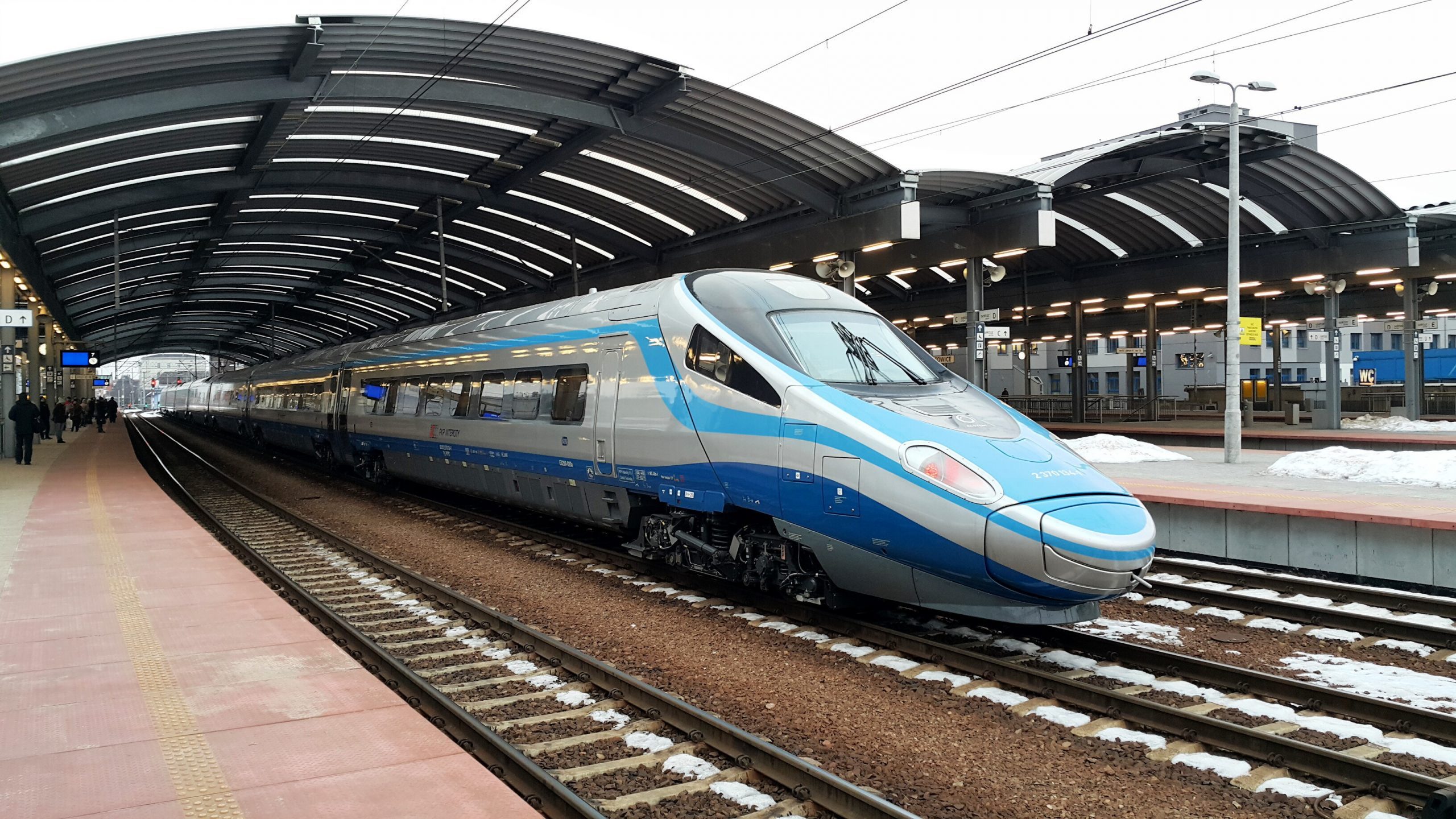
Getting Around Poland
Driving in Poland
Speed limits as follows:
60 kph in build up areas; 90kph outside built up areas; 110 kph on expressways.
Driving tips:
* Many roads in Poland are generally poor in quality and care should be taken when driving (especially in bad weather). The asphalt used on some roads is low in quality and often the road surface “softens up” in the summer heat. Vehicle track marks create furrows in the asphalt and care should be taken when driving along such stretches.
* Be alert to the way many drivers overtake. Quite a lot of the major Polish roads are only one lane in width with the only separation from the opposing lane being the white line painted in the middle of the road. It’s very common for drivers to pull out into the opposing lane to overtake vehicles (even in the face of oncoming traffic) and then dart back into their own lane.
* Since last year it is now obligatory to drive with headlights switched on both night AND day. Please don’t forget as you can easily be fined for forgetting.
* Poland is a country gifted with stunning natural scenery and unspoilt countryside however extra vigilance is called for when driving along certain roads. Many Polish roads are lined with mature trees. These leave the driver less margin for error and many accidents have led to fatalities after driving into these trees.
* Around 28% of Poland is covered with forests. Please take care when driving through such areas as wild deer and other animals can often stray onto the road. Take particular care at night time.
* If you see a yellow sign with black writing saying “Czarny Punkt” then this denotes an accident black spot and extra care should be taken.
* Often you will see fresh fruit and vegetables being sold at the side of the road. It’s very common for farm workers and fruit pickers to set up a tiny stall on the hard shoulder of the road. Don’t miss this opportunity to buy organic food at rock bottom prices ! Particular favourites are mushrooms, strawberries and blueberries.
* There is also something else you might see at the side of the road. Outside towns and cities you may spot women standing on the hard shoulder. Often dressed in revealing clothes these women are NOT the hitchhiker of your dreams but someone more mercenary.
* Along many roads you will see signs for “noclegi“. This is the Polish word for “accommodation” and indicates there is some form of hotel, motel etc nearby. “Pokoje Goscinne” means “guest rooms” and usually signifies a small, modest room available for holiday rentals.
Since Poland joined the E.U. there has been a visible and significant improvement in many parts of the country as well as an increase in the number of new roads and motorways.
Please check out Via Michelin’s website which provides maps and directions for those wanting to drive around Poland www.viamichelin.com
Rail Journeys in Poland
The railways in Poland are probably the best means of travelling between towns in Poland. Rail fares are cheap, trains are punctual and all the major tourist sites are connected to the rail network. PKP are the national, state run rail company and timetables for their services can be found at their website. Try not to look like an obvious tourist when at railway stations as pickpocketing is a problem.
As rail travel is cheap in Poland it is often over-crowded. One way to avoid this is to upgrade to 1st class (especially for long distance journeys).
Nearly all major stations have ticket offices but it is also possible to buy tickets on the train from the conductor (although be prepared to pay a surcharge if the station you departed from had an open ticket office). Also, find the conductor before he finds you or you might be fined (he’s normally in the first carriage). For comprehensive information and advice on using Polish trains please see the excellent website www.polrail.com
Buses in Poland
There are generally two types of buses; inner city buses and inter-city buses (coaches)
Inner city buses: tickets for these can be bought at the many kiosks you see dotted around every Polish town. Simply ask for the number of tickets you want to buy (if you are not entitled to concession fares i.e. senior citizens then just ask for a “normal” ticket:-
“Prosze dwa bilety normalne” ? = Two normal tickets please ?
Once you board the bus you have to validate the ticket so look for a punch hole box near the window and
Inter-city buses: Generally these buses are to be found at train/bus stations and the tickets are bought in advance. Perhaps not the fastest method of travelling from town to town, inter city buses are best used for shorter distances. If you intend to use them for longer distances then be prepared that the bus may stop many times along the way to board and alight other passengers.
Trams in Poland
Many of the major Polish towns have a tram service and although the network isn’t very extensive it can be a very reliable and cheap method of getting around town. Tickets can be bought at most street kiosks and would have to be validated once on board.